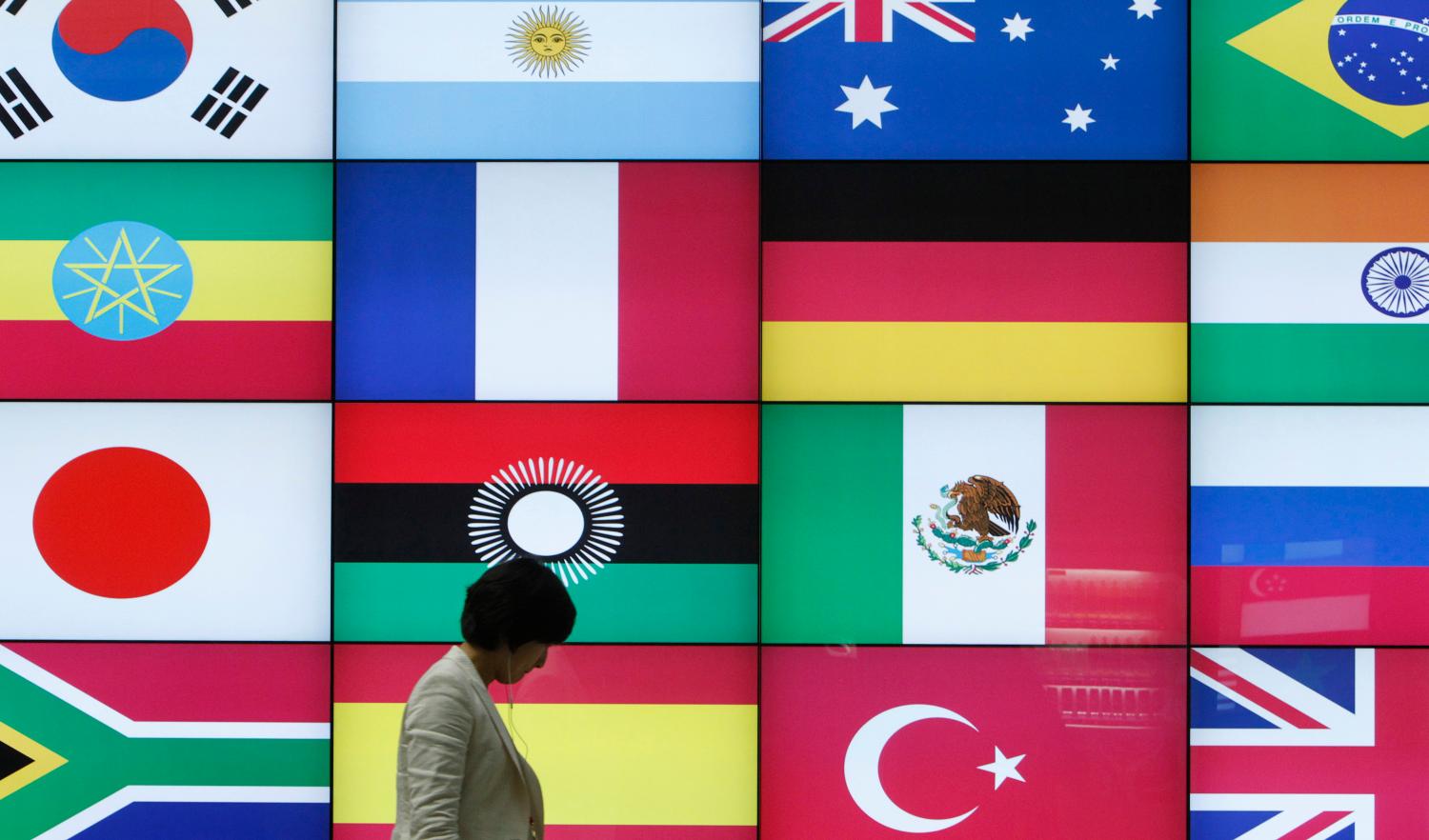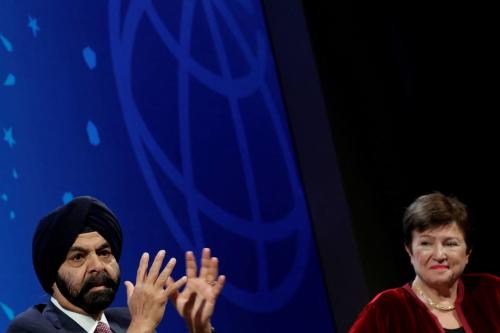This paper identifies some of the key characteristics of the emergence of a “new multilateralism.” It offers a number of practical recommendations on how to get the best out of the multilateral development system (MDS) in an increasingly complex environment.
The MDS is a set of institutions and norms that have guided development cooperation since the secondworld war. It has been based on a number of underlying principles that can be summarized as follows: doing no harm to others, solidarity with developing countries, and sharing the burden of investing in global public goods. The MDS has used a broad range of instruments but ultimately the test of its effectiveness is that it enables a collective response to solving a particular problem that is preferred to individual country responses.
To be effective, multilateralism must be a choice that is made because it is the most effective or efficient instrument available to a government. Multilateralism should not become a way of abdicating leadership. It must be a way of exercising it. For a new multilateralism to take root, what is needed is a robust approach to the use of multilateralism as an instrument of choice by a large number of member states.
The MDS has evolved over time and continues to evolve. Initially, it was organized by a small group of like-minded countries with a common vision and principles, and was designed to share the financial burden of development cooperation and to implement programs of support in an effective way. But over the last two decades there have been strong forces reshaping the system. These include shifts in economic size and the emergence of the growth economies, the increasing differentiation among developing countries and the recognition that substantial investment in global public goods is needed to reap the benefits of globalization and reduce the costs. Today, the MDS is continuing to evolve in response to the need to accommodate emerging state powers and non-state actors (business, civil society, and others) as well as the need to broaden responsibility for collective responses.
Agenda 2030, the program for sustainable development endorsed by 193 member states of the United Nations in September 2015, provides important signals for how the MDS institutional landscape should evolve over the next few years. Agenda 2030 is truly multilateral as it underlines the importance of a “goals, targets, and results” framework for every country, against which progress can be transparently monitored. But it also shows where the current MDS falls short. Agenda 2030 is universal in its scope and vision, while the MDS is still mostly organized with a frame that divides the world into developed and developing countries. Agenda 2030 is ambitious and requires solutions at scale, while the MDS today is fragmented and project-oriented. Agenda 2030 argues for integrated solutions extending across development, peace, environment, and humanitarian realms, while the MDS is siloed in its approach. Agenda 2030 calls for contributions from a range of actors, beyond governments, while the MDS, at its core, remains largely intergovernmental. Agenda 2030 requires the mobilization of substantially greater resources from all sources, domestic and external, public and private, while the MDS has focused largely on aid and budgetary contributions from member states. Finally, Agenda 2030 recognizes the importance of investing in global (and regional) public goods and starts to define other means of implementation, highlighting where gaps in the system exist.




